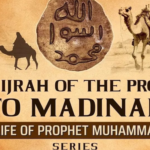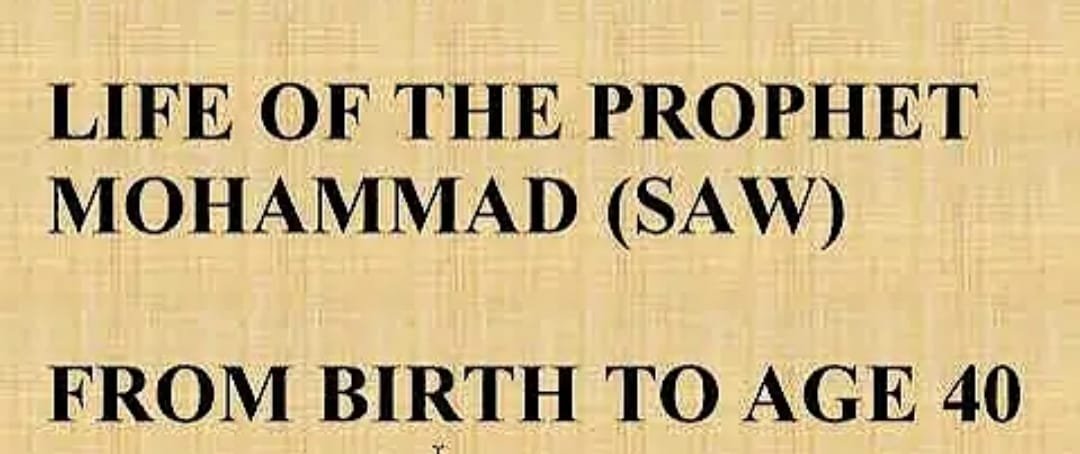The life of Hazrat Muhammad (PBUH) from the age of 40 until the Hijrah (migration to Medina) is a significant period in Islamic history. Here is an overview of key events during this time:
1. Beginning of Prophethood (610 CE)
- Age 40: In 610 CE, during the month of Ramadan, Muhammad (PBUH) received his first revelation from Allah through the angel Jibreel (Gabriel) while meditating in the Cave of Hira, near Mecca. This event marked the beginning of his prophethood.
- First Revelation: The first words revealed were from Surah Al-Alaq (96:1-5), which began with “Iqra” (Read/Recite).
2. Early Years of Preaching
- Secret Preaching: Initially, Muhammad (PBUH) preached Islam secretly to close family and friends. The first converts included his wife Khadijah, his cousin Ali, his friend Abu Bakr, and his adopted son Zaid.
- Public Preaching: After three years of secret preaching, he was commanded by Allah to preach publicly. He called the people of Mecca to monotheism and to abandon idolatry.
3. Opposition and Persecution
- Hostility from Quraysh: The Quraysh, the dominant tribe in Mecca, opposed Muhammad (PBUH) and his followers due to the threat Islam posed to their social and economic order.
- Persecution: Muslims faced severe persecution, including social boycott, torture, and economic sanctions. Some of the early converts, especially the weak and slaves, suffered greatly.
4. The Year of Sorrow (619 CE)
- Loss of Khadijah and Abu Talib: In 619 CE, known as the Year of Sorrow, Muhammad (PBUH) faced the deaths of his beloved wife Khadijah and his protective uncle Abu Talib. Their deaths left him vulnerable to increased persecution.
5. The Isra and Mi’raj (Night Journey and Ascension)
- Miraculous Journey: In 621 CE, Muhammad (PBUH) experienced the Isra and Mi’raj, where he was taken from Mecca to Jerusalem and then ascended to the heavens. This event provided him with spiritual strength and affirmed his mission.
6. The Pledge of Aqabah
- First and Second Pledges: Muhammad (PBUH) met with representatives from the tribes of Aws and Khazraj from Yathrib (later named Medina) in Aqabah. These meetings led to the Pledge of Aqabah, where the tribes pledged allegiance to him and invited him to Medina to serve as a leader and mediator.
7. Migration to Medina (Hijrah) (622 CE)
- Preparation for Hijrah: The increasing persecution in Mecca and the invitation from the people of Yathrib prompted Muhammad (PBUH) to consider migration. He advised his followers to gradually migrate to Yathrib.
- Plot to Kill Muhammad (PBUH): The Quraysh plotted to kill him, but he managed to escape with the help of Allah. He and his close companion Abu Bakr hid in the Cave of Thawr before making their way to Yathrib.
- Arrival in Yathrib: In 622 CE, Muhammad (PBUH) arrived in Yathrib, which became known as Medina (Madinah al-Nabi – the City of the Prophet). This event, the Hijrah, marks the beginning of the Islamic calendar.
The period from the age of 40 until the Hijrah is marked by significant challenges and developments in Muhammad’s (PBUH) life, including the beginning of the revelation, the spread of Islam, severe persecution, and the eventual migration to Medina. This era laid the foundation for the establishment of the first Muslim community and the spread of Islam beyond the Arabian Peninsula.










